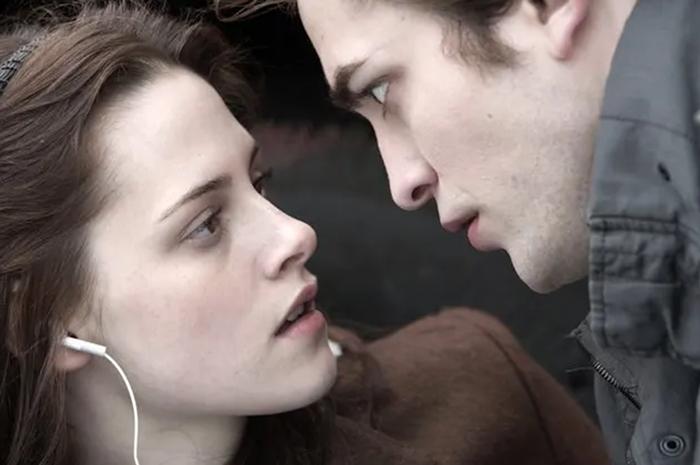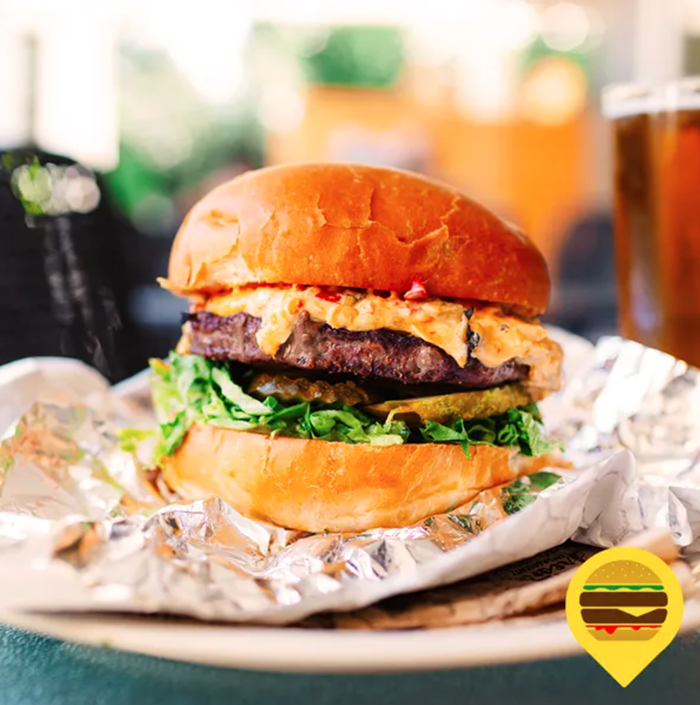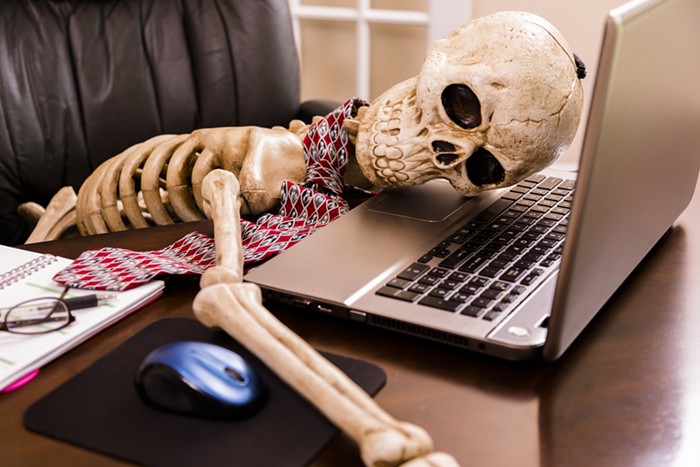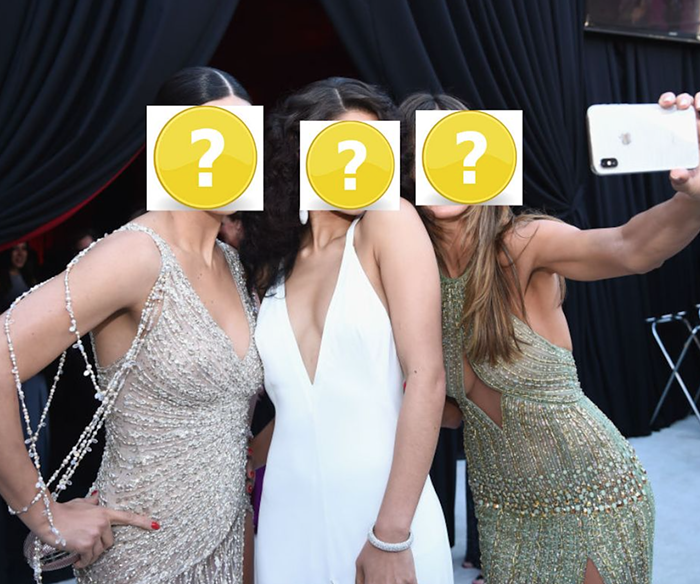Portland filmmaker Lance Bangs shipped off last May for a project very different from his previous work on movies like Where the Wild Things Are and Adaptation. With a minuscule crew and only a month of preparation, Bangs boarded a plane for Zambia and shot a short documentary about anti-retro viral (ARV) drugs, which were restoring the lives of HIV patients on lingering on the edge of death. The resulting film The Lazarus Effect will premiere on HBO this May 24th, as part of a multimedia campaign from celebrity-studded philanthropic group (RED) to raise awareness of HIV/AIDS and money for research and treatment of the disease. Read my review of in the film section.

- Via
- Lance Bangs (with the gray hair)
Growing up I’ve had friends and teachers around me who have passed away of AIDS and AIDS-related illnesses. Everyone was talking about it and getting tested in my circle of friends in the 80s and 90s. And then it felt, at least in the Western realm that I’m mostly running around in, it felt like less of a crisis and I started hearing less about it from my friends And then this woman Sheila Roche from RED was trying to track down Spike Jonze or David Fincher or someone to make a film about the issue and it just felt like this very urgent thing all of a sudden: we have people on the ground in clinics in Zambia who are starting this treatment, they’re sending back these photographs, we’ve got your name cleared with the Zambian government, can we just get you on a plane to get over there and start shooting? And so I just went. I feel like I’m pretty open to those things, just putting myself in new situations with a camera and trying to figure things out, but I’d never been to Africa before.
Did you feel overwhelmed when you first started in Zambia?
It’s striking to know that everyone that you’re hanging out with and socializing with is HIV positive. Not everyone has access to ARV medication just because of geography and where they’re born. And in the clinics it kind of dawned on me that access to this should become sort of a basic human right.
How did you approach the HIV-positive people you were working with? You must have felt like they were ticking time bombs if they didn’t take their medication, did you actively think, “I’m not going to treat them like victims?”
I’ve seen enough horrible documentaries that objectify people or assign them victimhood status or have an outside commentator from the West talking about them, and that was pretty appalling to me and was not the film I wanted to make. I wanted to talk to people directly and get them to open up and be funny or goofy or whatever personality traits they have that don’t usually come out in AIDS documentaries. I wanted to show a more well-rounded side of their humanity than just having this B-roll of a clinic roll while someone drones on importantly about what the UN is doing.
What sort of big choices did you make early on so that you didn’t make a terrible documentary?
Not having a large crew. Though, that wasn’t really a choice, because I couldn’t bring a lot of people because of visa restrictions to the country, but, you know, holding the camera myself, maintaining eye contact while talking with them and shooting them in their homes rather than having them come meet us at a clinic or office. And being the goofy looking weird person they were able to laugh at a bit probably made a difference.
How big as your crew?
A woman named Sheila Roach from RED who was coordinating and administrating, a sound man, a translator and a local African woman to sort of coordinate things.
Wow, that’s surprising, the film looks pretty slick.
I put a lot of care into the way I shot it, but definitely was a handmade film.
I really liked the music that played throughout the film. It’s… describe.
That was another thing I’m mortified about when I see other documentaries: default use of tribal drumming that gets glommed on whenever there’s a film about Africa. The main recording that you hear a couple times is a song by a band called the Hyponotic Brass Ensemble. And they’re like eight relatives, mostly brothers and a couple cousins. Their dad is Phil Cochran who played with Sun Ra. So they were sort of street musicians in Chicago and pressed like 1,000 vinyl copies of that song, which is called War. And from the from the time I was over there, my mind just kept going back to that song. So I tracked that down and I think it stands out in a way that feels different
So, the theme of the movie is all about hope: these patients coming back from the dead. But still one in seven people in Zambia has AIDS, the situation is pretty dire. How can the story of AIDS be a story of hope?
I think they’d gone through the more catastrophic losses and coming out of denial about prevelance of the disease back through 2004, before I was filming, and that’s probably when things were at their grimmest. In recent years because there has been access to the medication through the global fund bringing medication to the clinics, people have had more hope and people can get on the treatment and stay alive. So I think the people there were in general less depressed and more sort of like, ‘I’ve had this friend whose been alive for the rest of that.’
You were talking about wanting to make this film because people have started to treat AIDS as less of a crisis, but I think this film might contribute to that because people could watch it and think, “Oh, well, now there’s drugs that keep AIDS patients alive.”
That’s the danger. So the thing we tried to press on is how important it is to adhere to continue to take the medication. The film doesn’t have like a direct “here’s where to send money’ or “get up off your couch, take involved!” kind of thing because I feel like, to me personally, I’m done seeing those kinds of endings to films. But the work through the Global Fund to fight malaria and tuberculosis, which gets funding through the United States, is what makes possible all the work we were seeing, and it is really important for that funding to continue.
Your videography includes not only Jackass: The Movie, but Jackass 2. Did you ever think you would wind up making a film like this?
To be honest, I made more personal documentaries and poetic experimental films over the years and then the people who saw those got me to shoot these more commercial projects. So I think it’s more like I was the weird poetic filmmaker who wound up in a funny way shooting stuff for Jackass than it is I’m a Jackass burly extreme sports dude who’s doing a sensitive AIDS documentary.


















